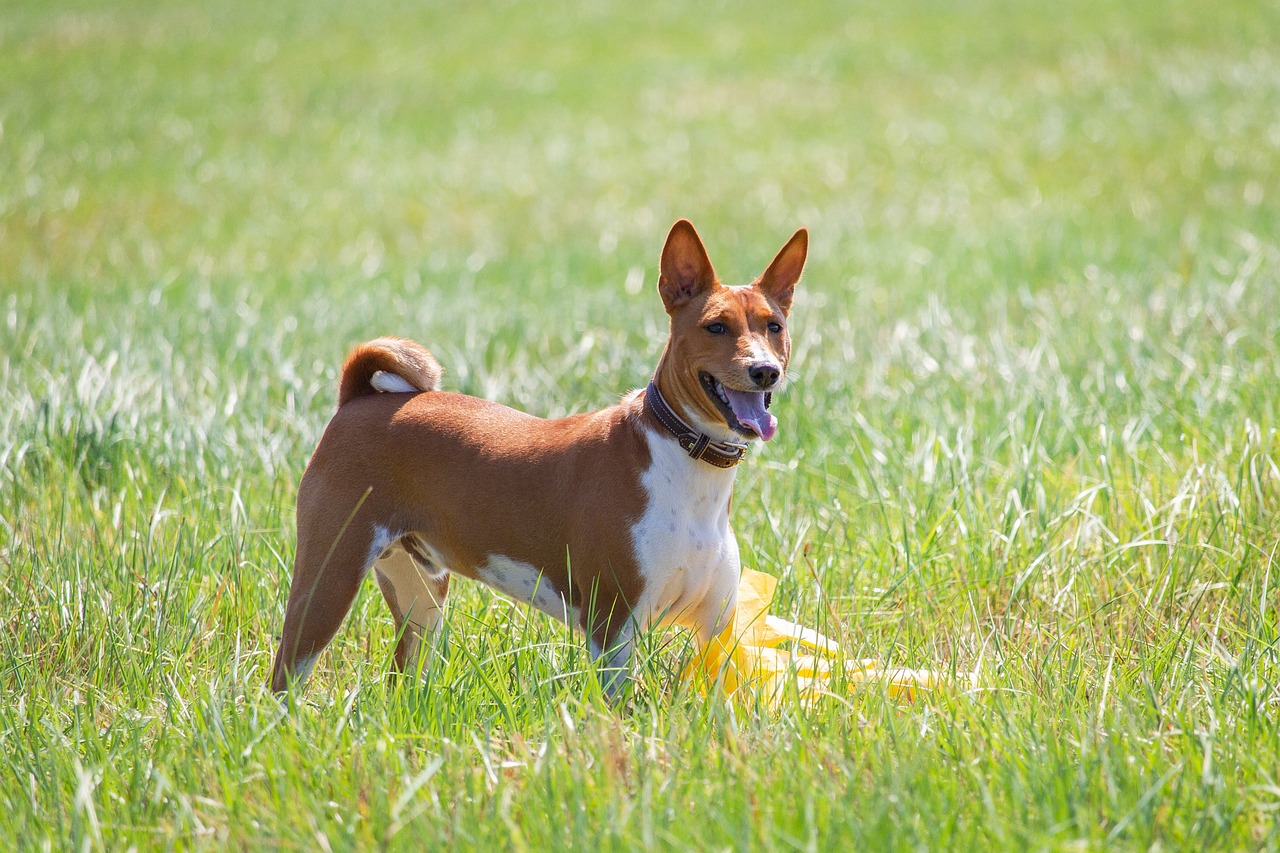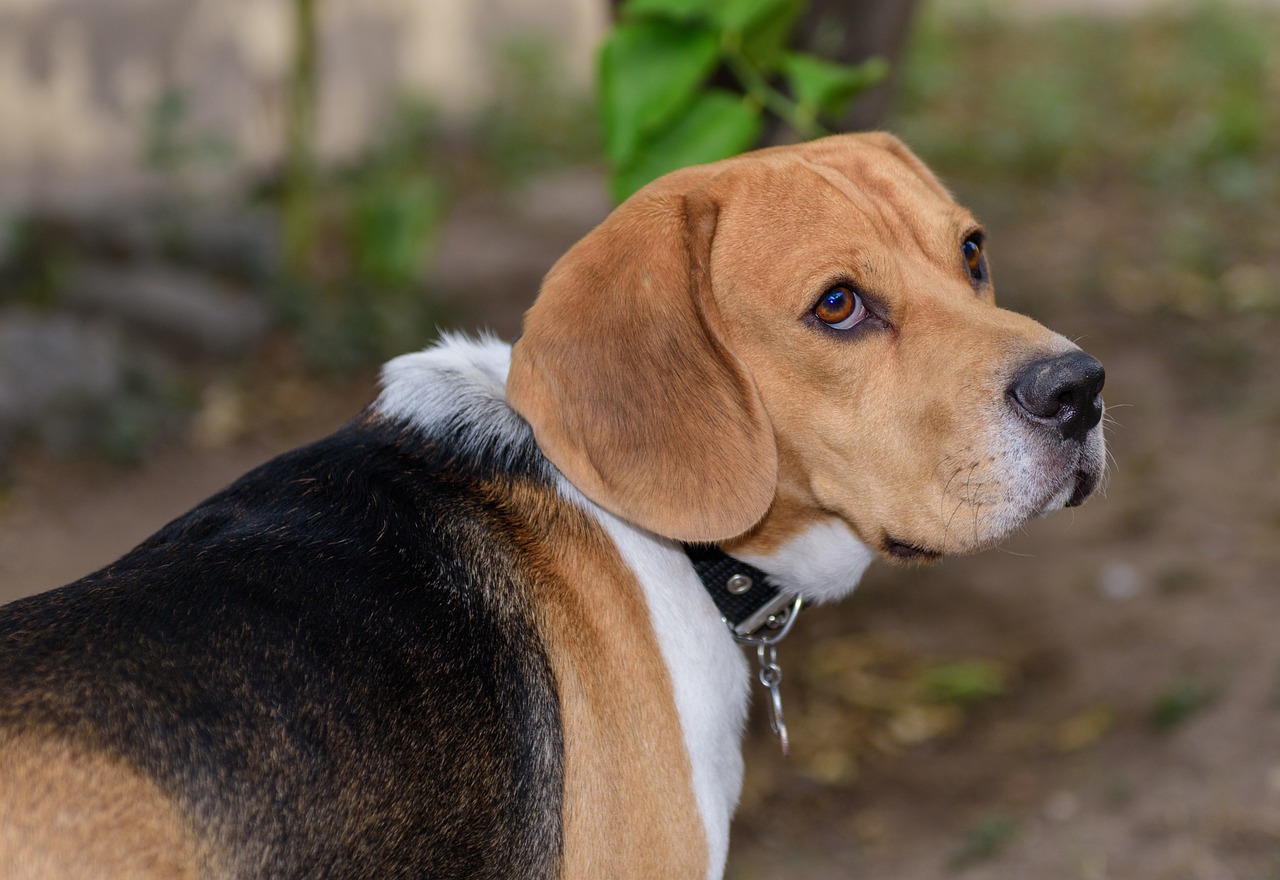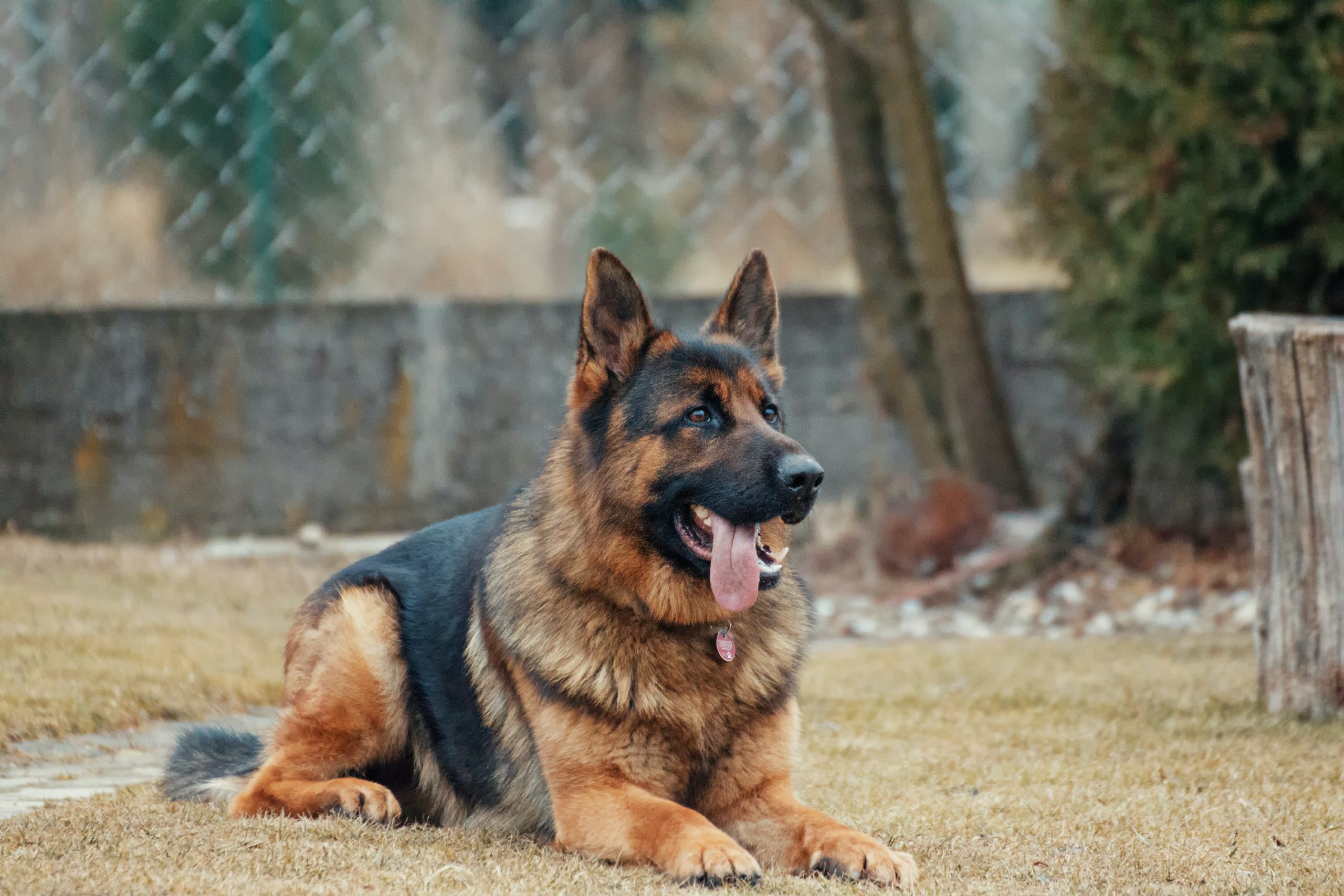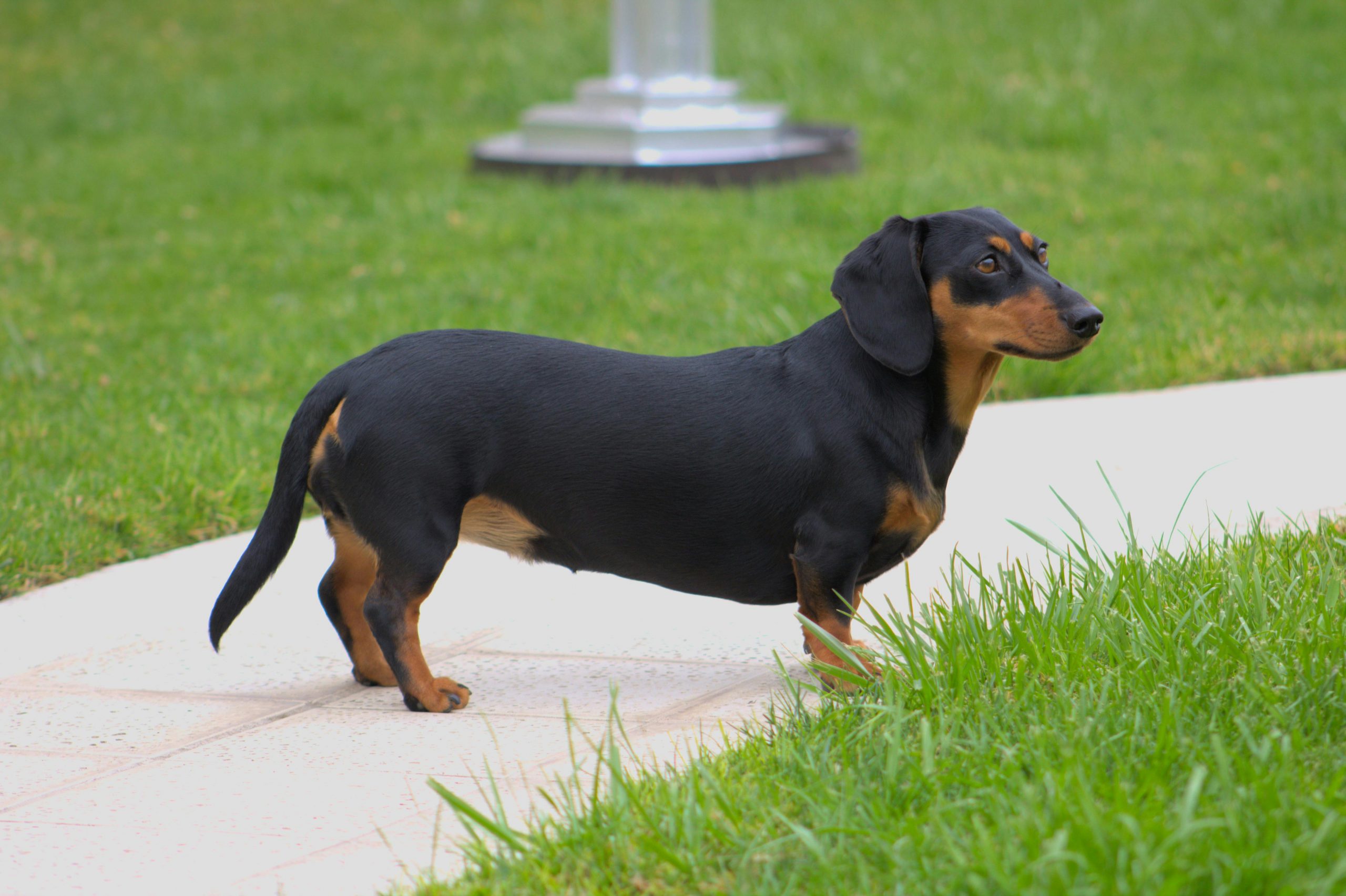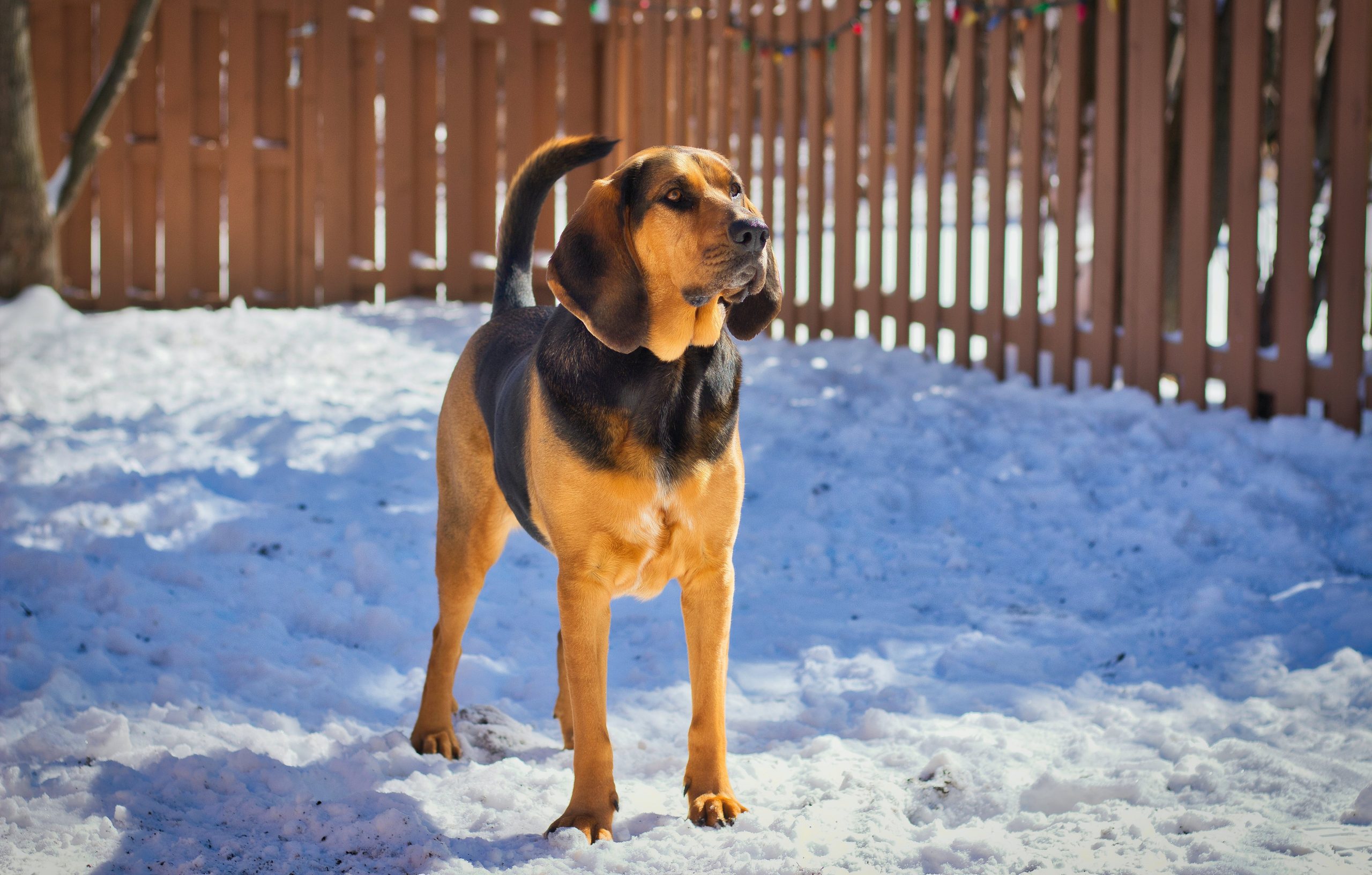Canine talk in numerous methods, with barking being probably the most distinguished. Some canine breeds have distinct bark sounds, making them stand out within the canine world. This text highlights 10 canine breeds with probably the most distinctive bark sounds, delving into their bark traits and the explanations behind these distinctive vocalizations.
1. Basenji
The Basenji, famously often known as the “barkless canine,” makes a novel sound often known as a “barroo,” attributable to its unusually formed larynx. This sound is a mix of a chortle and a yodel, distinct from the everyday bark of different canine breeds. The Basenji’s bark resulted from its genetic make-up and historic breeding in Central Africa, the place a quieter canine was extra fascinating for looking.
2. Basset Hound
Basset Hounds have a deep, throaty bark, usually described as a bay reasonably than a bark. This loud and long-lasting sound is typical of scent hounds and is used to alert hunters to their location. The Basset Hound’s bark displays its breed traits: a scent hound with a powerful sense of scent and a gentle, persistent nature.
3. Siberian Husky
Siberian Huskies are identified for his or her wolf-like howls, distinct from the everyday canine bark. Their howl might be lengthy and melodious, usually used to speak with different canines or their human household. This attribute stems from their lineage, which is intently associated to wild canines and wolves.
4. Beagle
Beagles have a novel bark, usually described as a bay. This loud and distinct sound is used particularly when they’re on a scent path. Beagles had been bred as looking canines, and their bark is a necessary instrument for speaking with their pack and handlers throughout a hunt.
5. Chihuahua
Chihuahuas are identified for his or her sharp, high-pitched barks. Regardless of their small dimension, their bark is highly effective and might be surprisingly loud. This bark usually responds to unfamiliar conditions or individuals, reflecting the breed’s alert and typically nervous nature.
6. German Shepherd
German Shepherds have a deep, highly effective bark used for guarding and protecting functions. Their bark can fluctuate from low growls to higher-pitched alerts. This versatility in barking resulted from their breeding as working canines, the place communication with their handler and keeping off threats had been important.
7. Dachshund
Dachshunds have a loud, deep bark that appears too massive for his or her tiny our bodies. Initially bred for looking badgers, their bark needed to be loud sufficient to be heard from underground. This breed makes use of its distinctive bark to alert to potential threats and talk whereas on the hunt.
8. Scottish Terrier
Scottish Terriers have a particular bark that’s sharp and raspy. This breed tends to be territorial and makes use of its bark to alert house owners to the presence of strangers or different animals. Their bark is a mirrored image of their fearless and assured nature.
9. Bloodhound
Bloodhounds have a deep, mournful bark that’s attribute of their breed. As scent hounds, their baying is crucial when monitoring a scent path. The sort of bark is lengthy, drawn out, and resonant, serving to hunters find the canine and the sport it’s monitoring.
10. Shetland Sheepdog
Shetland Sheepdogs have a piercing, high-pitched bark. They had been bred to herd and guard livestock, and their bark is used to alert and talk. Their bark is commonly steady and might direct the herd or warn of potential hazard.
Conclusion
Every of those 10 canine breeds has a novel bark that distinguishes them from others. From the Basenji’s “barroo” to the deep bay of the Bloodhound, these sounds will not be only a type of expression but additionally a mirrored image of every breed’s historic and genetic background. Understanding these distinctive barks may help us recognize the range and complexity of canine communication.


